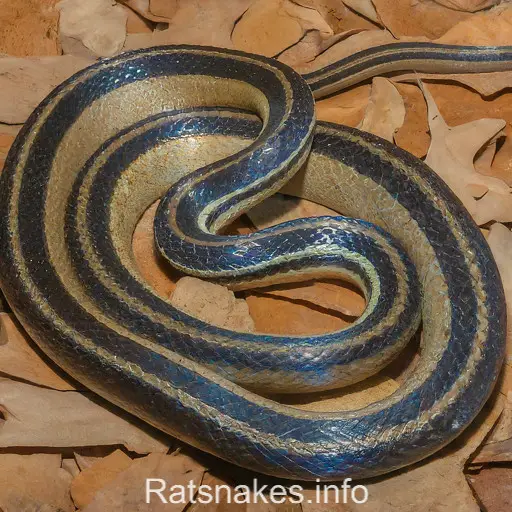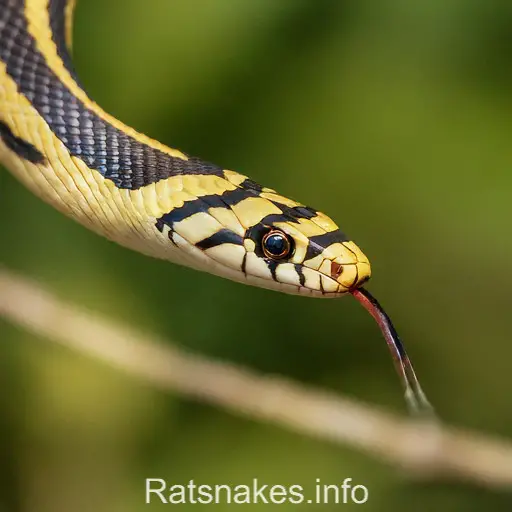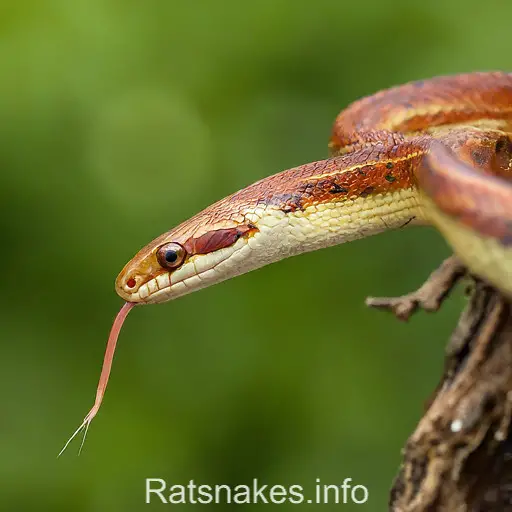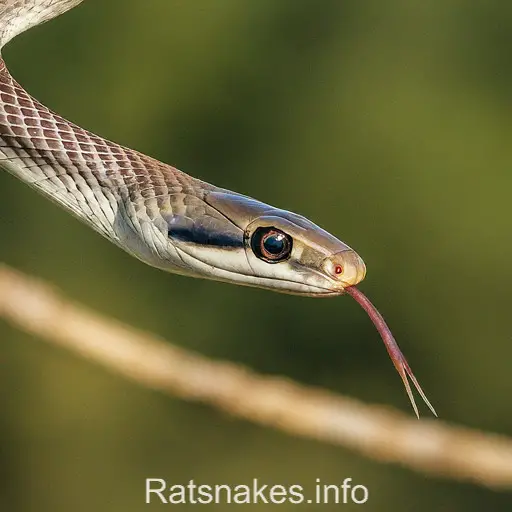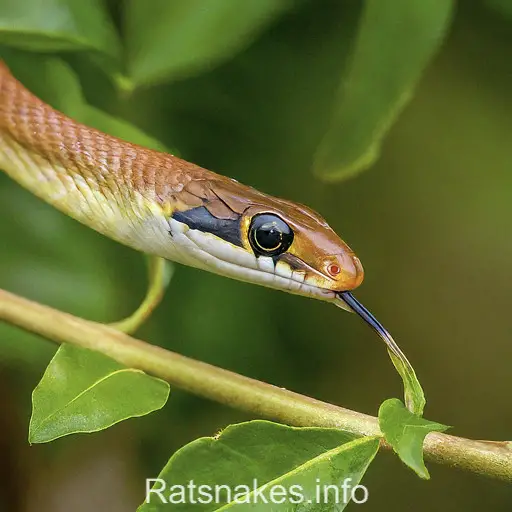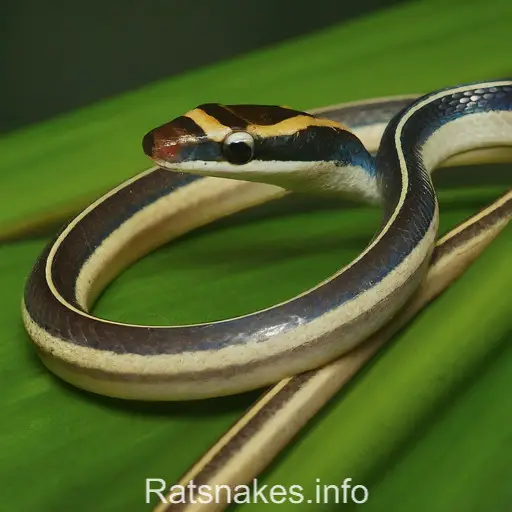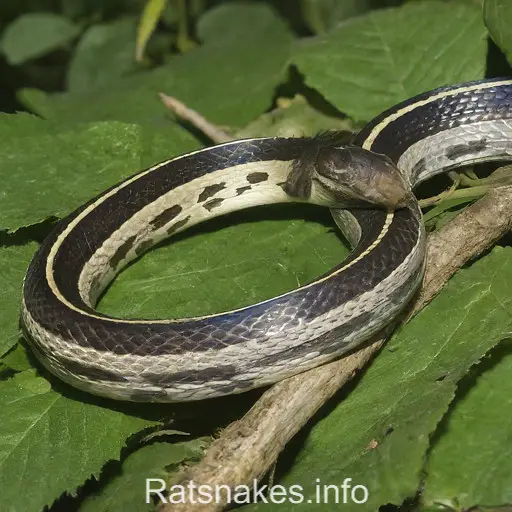
Are you curious about the Eastern Rat Snake, also known as Pantherophis alleghaniensis? These fascinating reptiles are native to the eastern United States and are often found in a variety of habitats, from forests to suburban areas. With their distinctive appearance and behavior, Eastern Rat Snakes are a common sight for many nature enthusiasts and wildlife lovers.
As experts in the field, we’ll delve into the unique characteristics and habits of the Eastern Rat Snake in this article. From their diet and hunting techniques to their role in the ecosystem, we’ll explore all aspects of these incredible creatures. Join us as we unravel the mysteries of the Eastern Rat Snake and gain a deeper understanding of their importance in the natural world.
Habitat and Range
When it comes to Eastern Rat Snakes, they have a diverse range and can thrive in various environments. Here are some key points to consider regarding their habitat and range:
-
Habitat:
- Found in a wide array of habitats including forests, fields, marshes, and farmlands.
- Often seen near water sources such as streams, rivers, and ponds.
- Prefer areas with ample vegetation cover for hunting and nesting.
- Native to the eastern United States, spanning from New England to Florida and as far west as Texas.
- Can be spotted in states like Georgia, South Carolina, Virginia, and parts of the Midwest.
- Their adaptability allows them to thrive in both rural and suburban areas.
Understanding the habitat and range of Eastern Rat Snakes is crucial in appreciating their role in the ecosystem and how they navigate different landscapes with ease.
Physical Characteristics
Eastern Rat Snakes, also known by their scientific name Pantherophis alleghaniensis, are non-venomous colubrid snakes with distinct physical features. Here are some key characteristics that help identify these fascinating reptiles:
- Size: Adult Eastern Rat Snakes can grow anywhere from 3 to 6 feet in length, with females typically being larger than males.
- Coloration: Their coloration varies greatly depending on their age and environment. Juveniles have a unique pattern of dark blotches on a light background, while adults typically have a solid black back with a white or cream-colored belly.
- Scale Pattern: They have smooth scales and their belly scales are typically divided into two rows.
- Head Shape: Eastern Rat Snakes have distinct heads that are wider than their necks with round pupils and keeled scales.
- Eyes: Their eyes are large and dark in color, providing excellent vision essential for hunting.
- Tongue: Like all snakes, they use their forked tongue to sense their surroundings and locate prey.
These physical characteristics play a crucial role in the identification and understanding of Eastern Rat Snakes in their natural habitat. Understanding these features is essential for proper identification and appreciation of these adaptable reptiles in the wild.
Behavior and Adaptations
Eastern Rat Snakes are mainly diurnal, being most active during the day. They are excellent climbers, using their powerful bodies and sharp claws to scale trees with ease. These snakes are known for their great adaptability, thriving in various habitats such as forests, fields, and even urban areas.
When threatened, Eastern Rat Snakes will mimic the behavior of the venomous Eastern Copperhead snake, coiling their bodies, vibrating their tails, and even flattening their heads to appear more dangerous. This defensive display helps them deter predators and stay safe in the wild.
Another fascinating adaptation of these snakes is their thermal regulation behavior. Eastern Rat Snakes are able to regulate their body temperature by basking in the sun or seeking shade when needed. This adaptability allows them to maintain optimal body functions in changing environmental conditions.
Overall, the behavior and adaptations of the Eastern Rat Snake showcase their remarkable survival skills and ability to thrive in diverse ecosystems. Understanding these traits provides valuable insight into the lives of these fascinating reptiles in the wild.
Diet and Hunting Techniques
Eastern Rat Snakes have a diverse diet that includes rodents, birds, bird eggs, and occasionally small reptiles. They are constrictors, wrapping around their prey to suffocate them before swallowing them whole.
These snakes are opportunistic hunters, relying on their excellent climbing skills to access bird nests and rodent burrows. Their keen sense of smell helps them track down prey efficiently in various environments.
Eastern Rat Snakes play a crucial role in pest control by keeping rodent populations in check, making them valuable allies in maintaining ecological balance. Their hunting techniques are a testament to their adaptability and success as predators in the wild.
| Diet | Hunting Techniques |
|---|---|
| Rodents | Constriction |
| Birds | Climbing |
| Bird Eggs | Smell |
| Small reptiles | Opportunistic hunting |
Importance in the Ecosystem
Eastern Rat Snakes, as apex predators, play a crucial role in the ecosystem by helping to control rodent populations. By preying on rodents, birds, and their eggs, these snakes contribute to regulating the numbers of pests in their habitat.
Their adept climbing skills enable them to access bird nests, where they feed on both the eggs and the hatchlings. This not only helps in balancing bird populations but also ensures that these snakes have a varied diet to sustain themselves.
Moreover, by targeting rodents in their burrows, Eastern Rat Snakes aid in managing rodent infestations that can significantly impact agricultural areas and human settlements. Their presence is, therefore, beneficial for maintaining a healthy ecosystem.
In essence, the Eastern Rat Snake’s role as a predator in the food chain highlights their importance in promoting biodiversity and ecological balance in their natural environment.
Key Takeaways
- Eastern Rat Snakes (Pantherophis alleghaniensis) are native to the eastern United States and thrive in a variety of habitats.
- They are non-venomous colubrid snakes with distinct physical characteristics, such as size, coloration, scale pattern, head shape, and keen eyesight.
- Eastern Rat Snakes exhibit unique behaviors and adaptations, including diurnal activity, climbing abilities, defensive mimicry, and thermal regulation for optimal survival.
- Their diet consists of rodents, birds, bird eggs, and small reptiles, and they employ constricting techniques and keen sense of smell for hunting.
- Eastern Rat Snakes play a vital role in the ecosystem as apex predators, helping to control rodent populations and maintain ecological balance by targeting pests like rodents and bird eggs.
- Understanding their habitat, physical traits, behaviors, and ecological importance is crucial for appreciating the significance of Eastern Rat Snakes in the natural world.
Conclusion
Eastern Rat Snakes play a vital role as apex predators in maintaining ecosystem balance by controlling rodent populations and contributing to biodiversity. Their climbing skills enable them to access bird nests, aiding in bird population control. By targeting rodents in burrows, these snakes help manage infestations that can affect agriculture and human settlements. Overall, the Eastern Rat Snake’s predatory nature is crucial for sustaining a healthy ecosystem.

